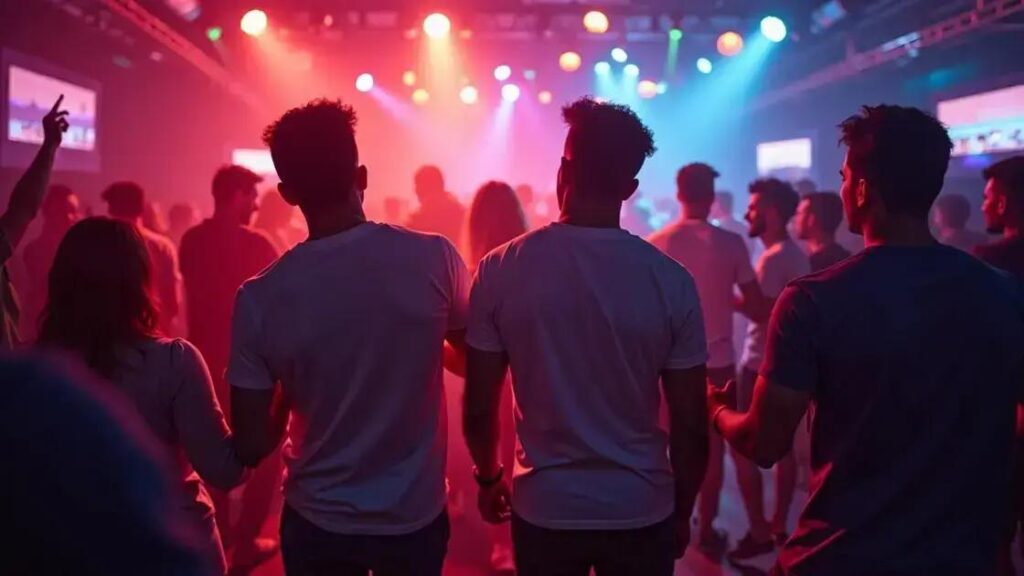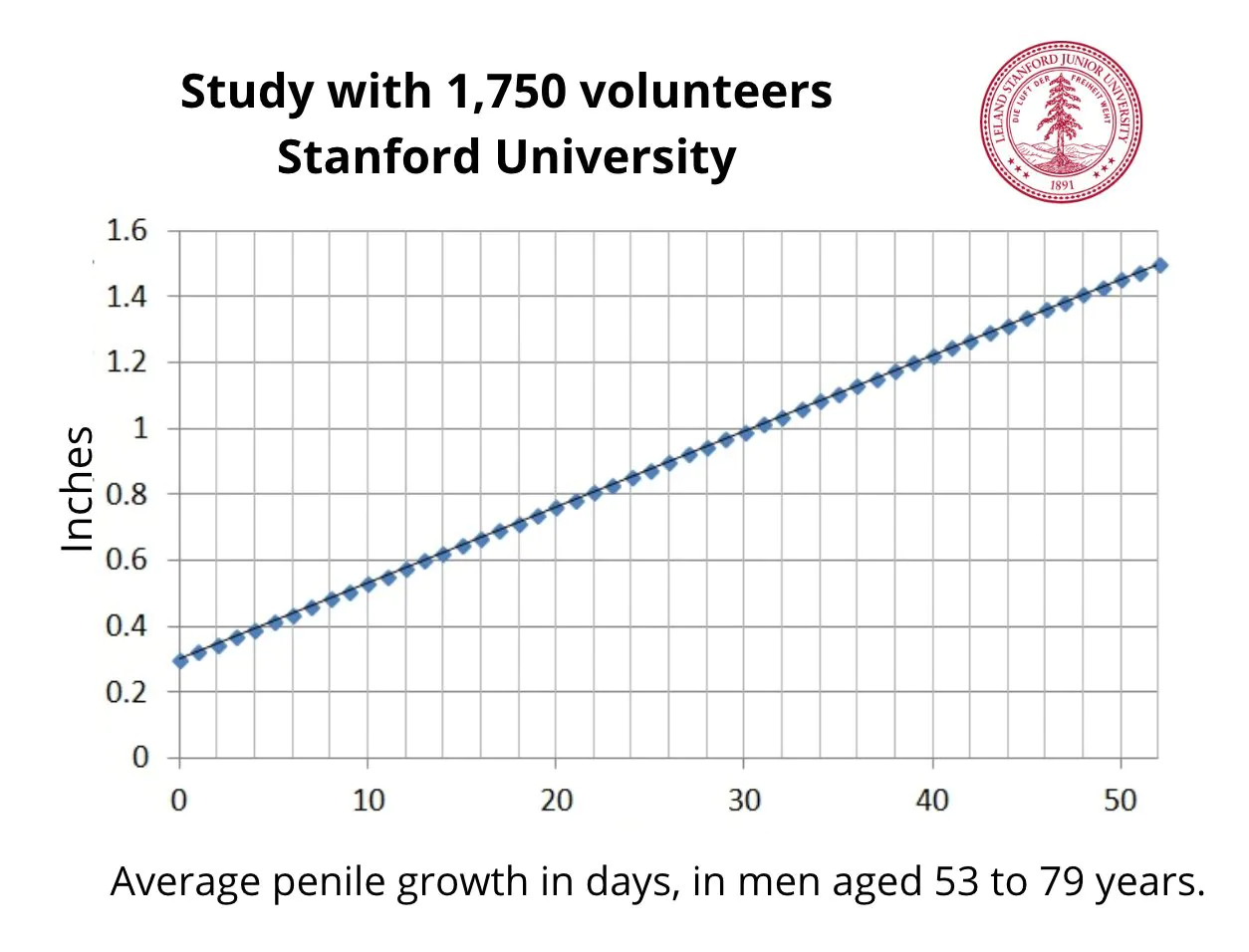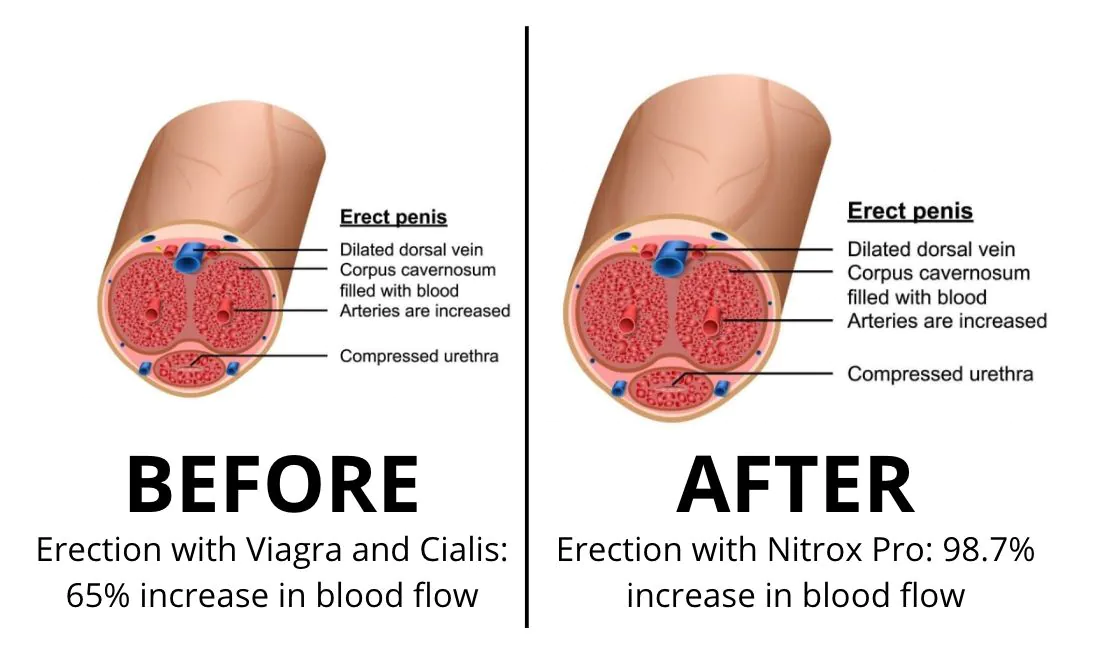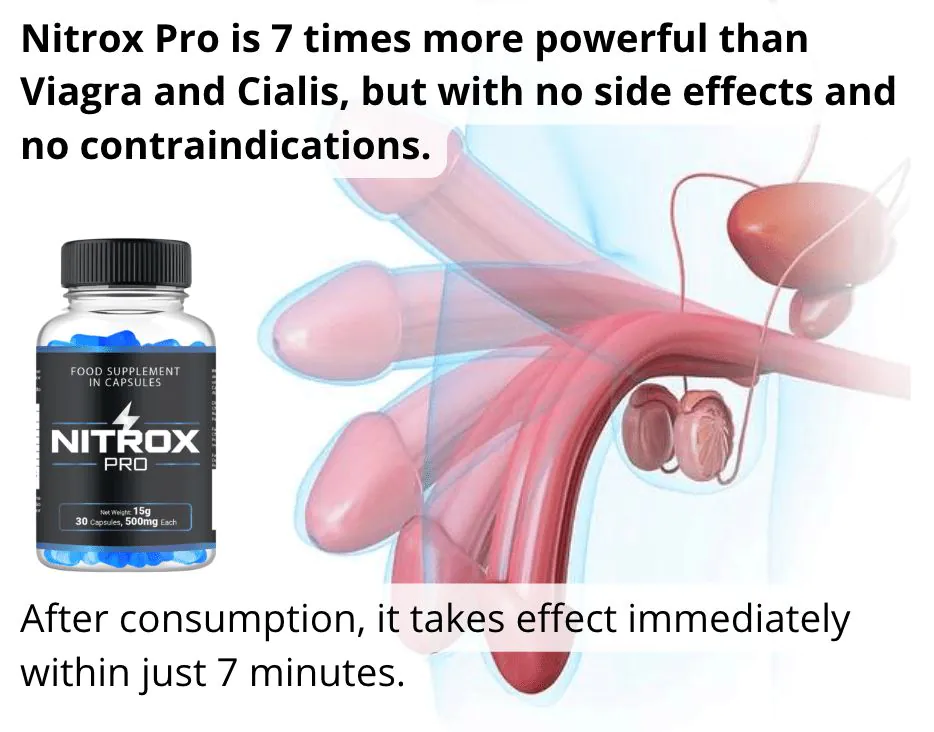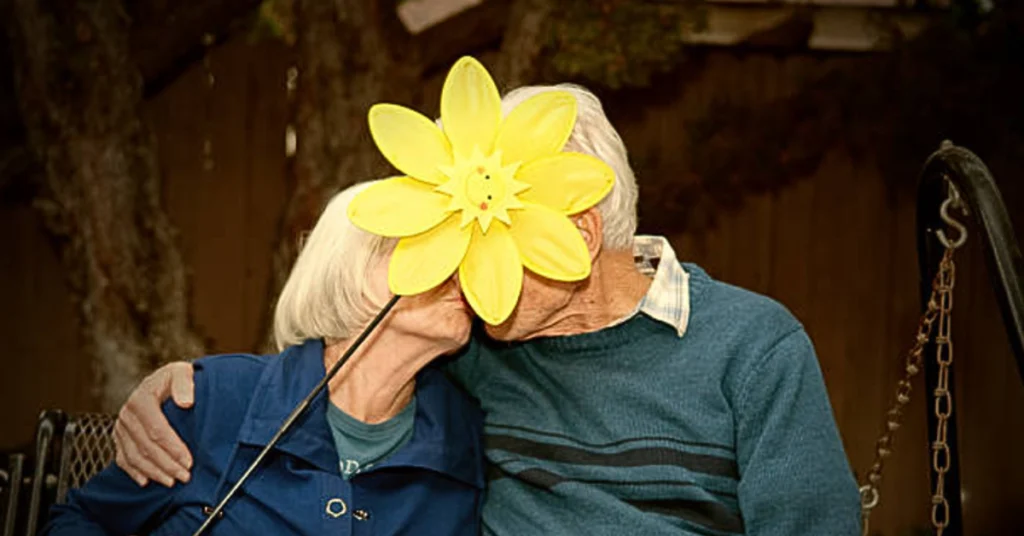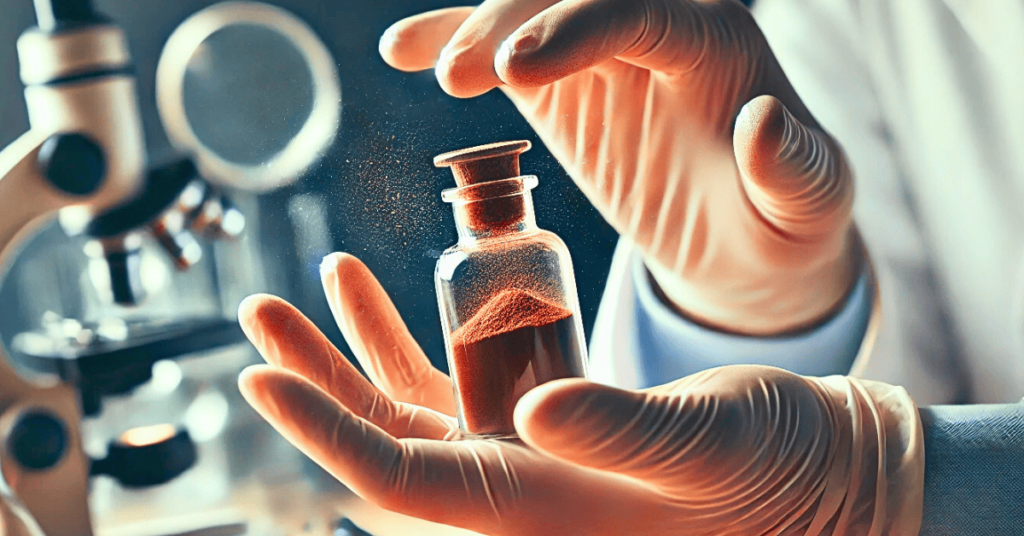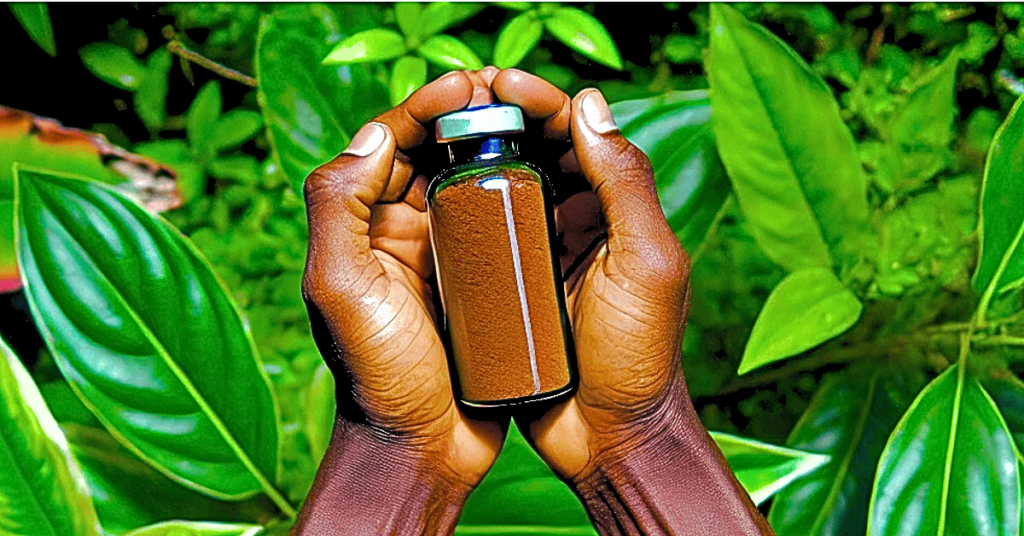The male nightclub experience significantly influences the body through heightened physiological responses and social dynamics, fostering connections, boosting mood, and encouraging both competition and camaraderie among men.
Have you ever wondered how a male nightclub works in the body? This vibrant environment influences not just our mood, but also our physical state. From the pulsating music to the lively interactions, the male nightclub experience encompasses a range of physiological effects. This article delves into these influences, exploring social dynamics and the unique ambiance that shape our responses in such settings.
Understanding Male Nightclub Experience
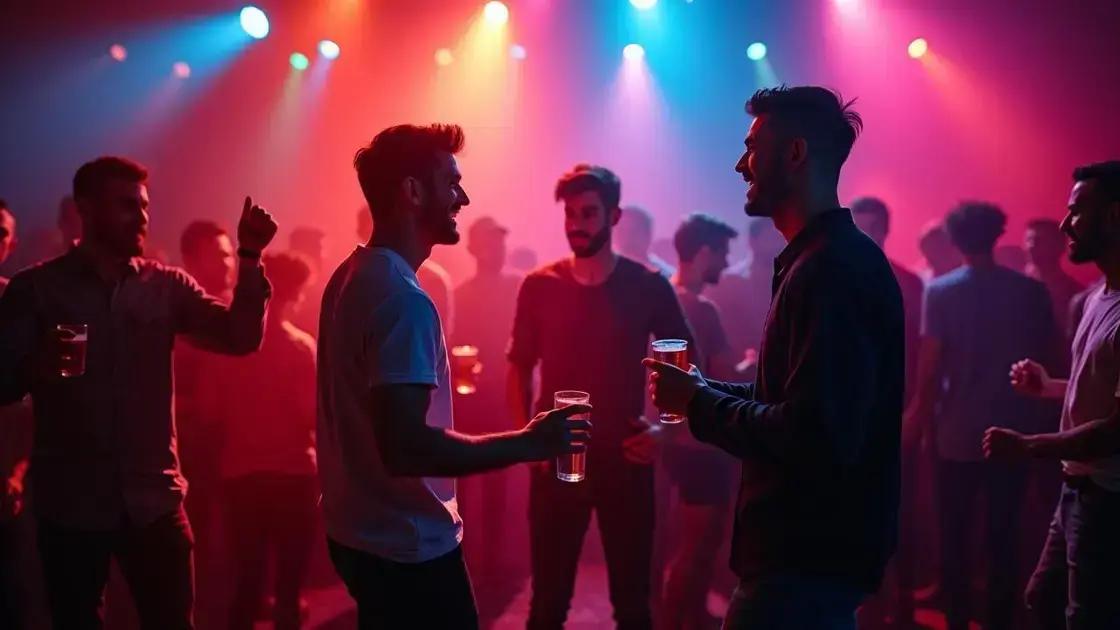
The male nightclub experience is a unique blend of social interaction and sensory stimulation. As men gather in these lively venues, they typically encounter a plethora of sights, sounds, and smells that contribute to their overall feelings and behaviors. One of the primary attractions is the music, which is often loud and rhythmic, creating an environment that encourages dancing and movement.
Elements of the Male Nightclub Atmosphere
From the moment they enter, men are immersed in a colorful world filled with flashing lights and vibrant decor. This engaging atmosphere serves to elevate excitement and energy levels. Additionally, the presence of beverages, including both alcoholic and non-alcoholic options, plays a critical role in enhancing social interaction and relaxation.
The Role of Social Interaction
Socialization is at the heart of the male nightclub experience. Men often seek to build connections, make new friends, or even meet potential romantic partners. Interaction can occur in numerous forms, from casual conversations at the bar to more dynamic exchanges on the dance floor. Such engagements can boost confidence and provide feelings of belonging, making the experience memorable.
Psychological Effects of Nightclub Environments
The nightclub environment can produce significant psychological effects. The excited atmosphere can lead to the release of endorphins, which promote happiness and reduce stress. Furthermore, the opportunities for self-expression, through dance or style choices, contribute to a man’s sense of identity and social status among peers.
Physiological Effects of Nightclub Environments
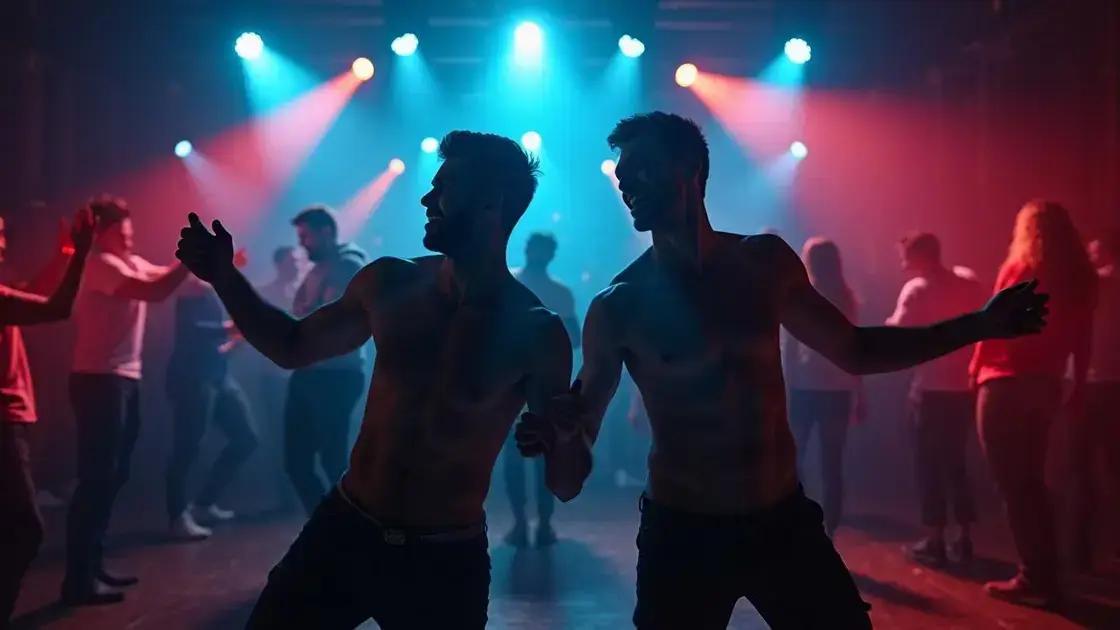
The physiological effects of nightclub environments can be profound, influencing both the body and the mind in various ways. When men enter a nightclub, they are often met with loud music and vibrant lights, which can lead to an increase in adrenaline. This surge can heighten senses and elevate mood, making the night feel exhilarating.
Impact on Heart Rate and Respiration
The combination of high-energy music and physical activity, like dancing, naturally raises heart rate and improves circulation. As the body works harder, it also breathes faster, allowing for more oxygen intake. This response is a part of the body’s way of coping with heightened activity levels.
Influence of Alcohol
Many men choose to consume alcohol in nightclubs, which has its own set of physiological effects. Alcohol can lower inhibitions and make social interactions feel more approachable. However, it also affects coordination and cognitive functions. Moderate consumption might enhance the experience, but excessive drinking can lead to negative health outcomes.
Effects of Lighting and Environment
The nightclub’s atmosphere, especially its lighting, has a unique influence on psychological states. Dim lights often create feelings of intimacy and excitement, while strobe lights can further increase physiological responses. These elements work together to create an immersive experience, impacting emotions and behaviors. Social bonding happens here, as shared environments can lead to feelings of happiness and belonging.
Social Dynamics Within Male Nightclubs
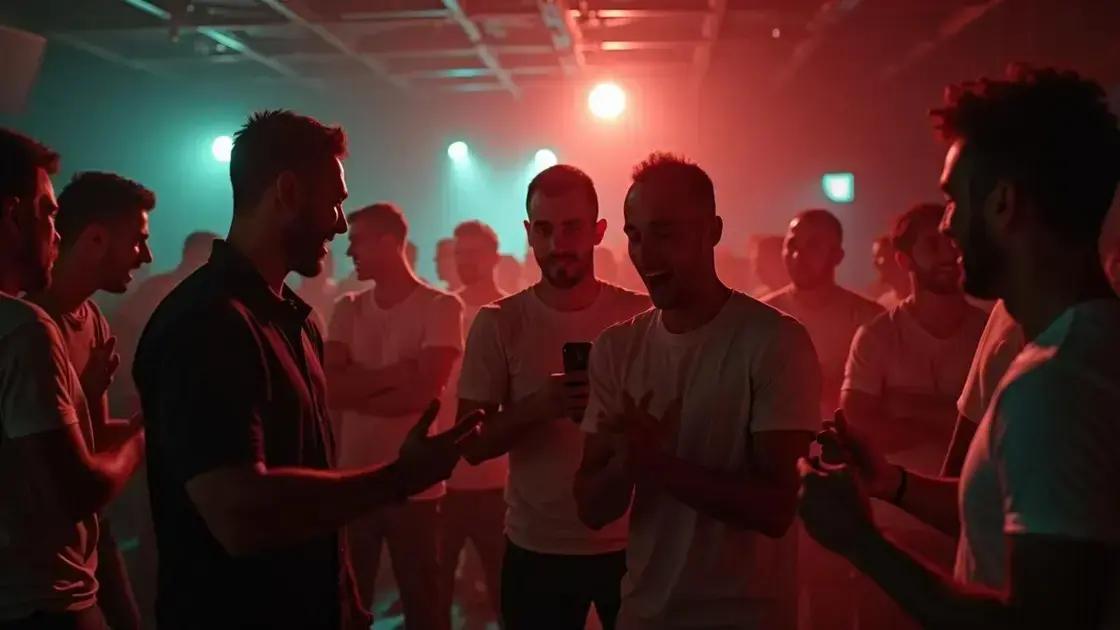
The social dynamics within male nightclubs are complex and multi-faceted. At these venues, men engage in various social interactions that reflect both individual personalities and group behaviors. In this lively environment, connections can form rapidly, leading to friendships, camaraderie, or even rivalry.
Group Formation and Identity
When entering a nightclub, men often stick with their friends or arrive in larger groups. This group setting creates a sense of security and belonging. The collective presence allows individuals to express themselves more freely. Group identity becomes important, leading to distinct social roles based on personality traits and behaviors.
Communication Styles
Communication in male nightclubs tends to be informal and lively. Non-verbal cues, such as gestures and postures, play a significant role in interactions. Conversations revolve around shared interests, music, and dance, promoting bonding. Humor is often used to break the ice and foster a relaxing environment.
Competition and Cooperation
Competition can occur in various forms, from athletic dancing to attracting attention. Men might compete for social status or the attention of potential romantic partners. While competition is present, cooperation is equally important. Support from friends helps to navigate social challenges and enhances the overall experience, creating a balance between rivalry and camaraderie.
Understanding the Impact of Male Nightclubs
The male nightclub experience is a multifaceted interaction of physiological and social dynamics that influences not just individual behavior but also group cohesion. The vibrant environment, with its pulsating music and colorful lights, enhances physiological responses, promoting happiness and excitement.
Social dynamics within these clubs further shape interactions, encouraging both competition and cooperation among men. As individuals navigate these lively settings, they seek connection and belonging, demonstrating the powerful effects of the nightclub culture.
Recognizing these elements can deepen understanding of how male nightclubs work in the body, revealing their significance in social and psychological development.
FAQ – Frequently Asked Questions about Male Nightclubs
How do nightclubs affect male behavior?
Nightclubs create a stimulating environment that encourages social interaction, boosts confidence, and facilitates bonding among individuals.
What are the physiological effects of nightclub environments?
Nightclubs can increase heart rate and respiration, enhance mood through adrenaline, and cause the release of endorphins, contributing to feelings of happiness.
How does social interaction work in male nightclubs?
Men often engage in informal communication with friends, facilitating both competition and cooperation while navigating social dynamics in the club.
What role does alcohol play in the nightclub experience?
Alcohol can lower inhibitions and promote socializing, but moderation is key to avoid negative health outcomes and ensure a positive experience.
How does the nightclub atmosphere influence emotions?
The vibrant lighting and music stimulate excitement and can create a sense of intimacy and belonging, enhancing the overall emotional experience.
Are nightclubs a safe space for social interaction?
While many enjoy the social dynamics of nightclubs, it’s important for individuals to remain aware of their surroundings and consume alcohol responsibly to ensure safety.

